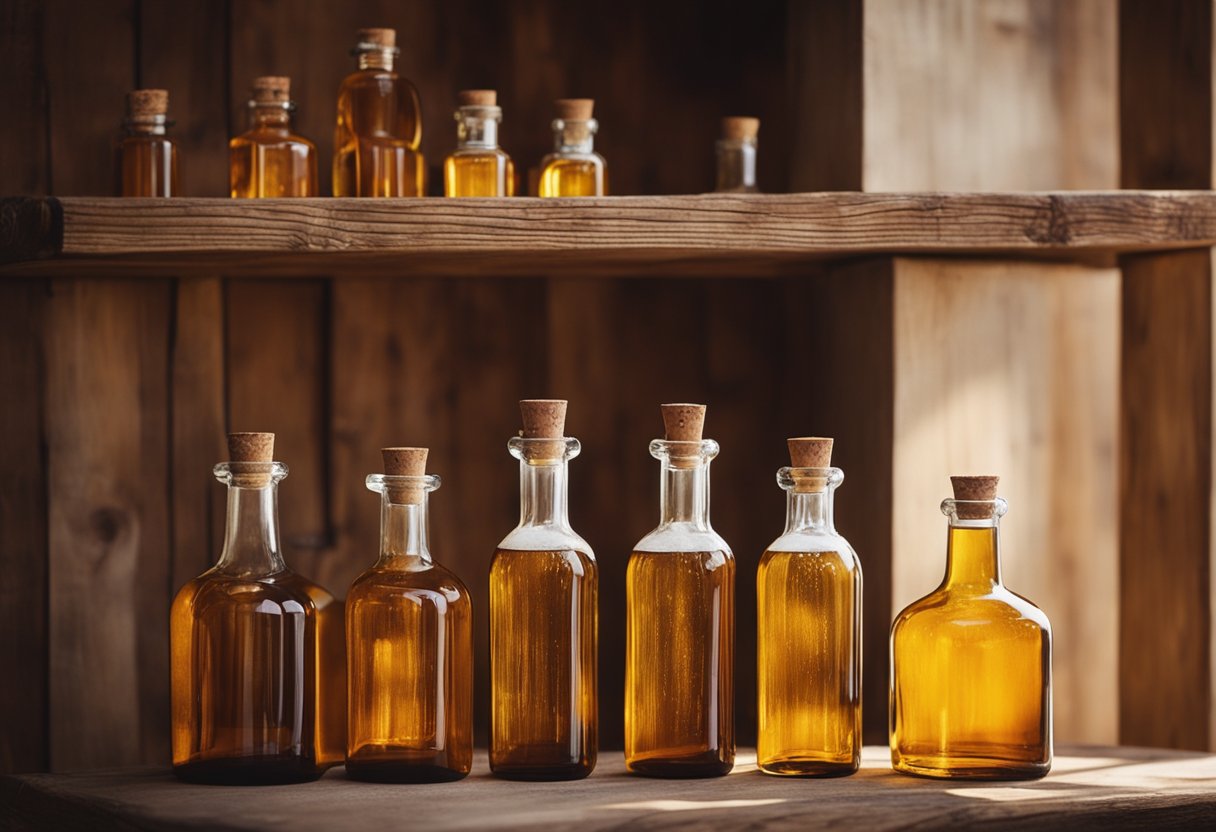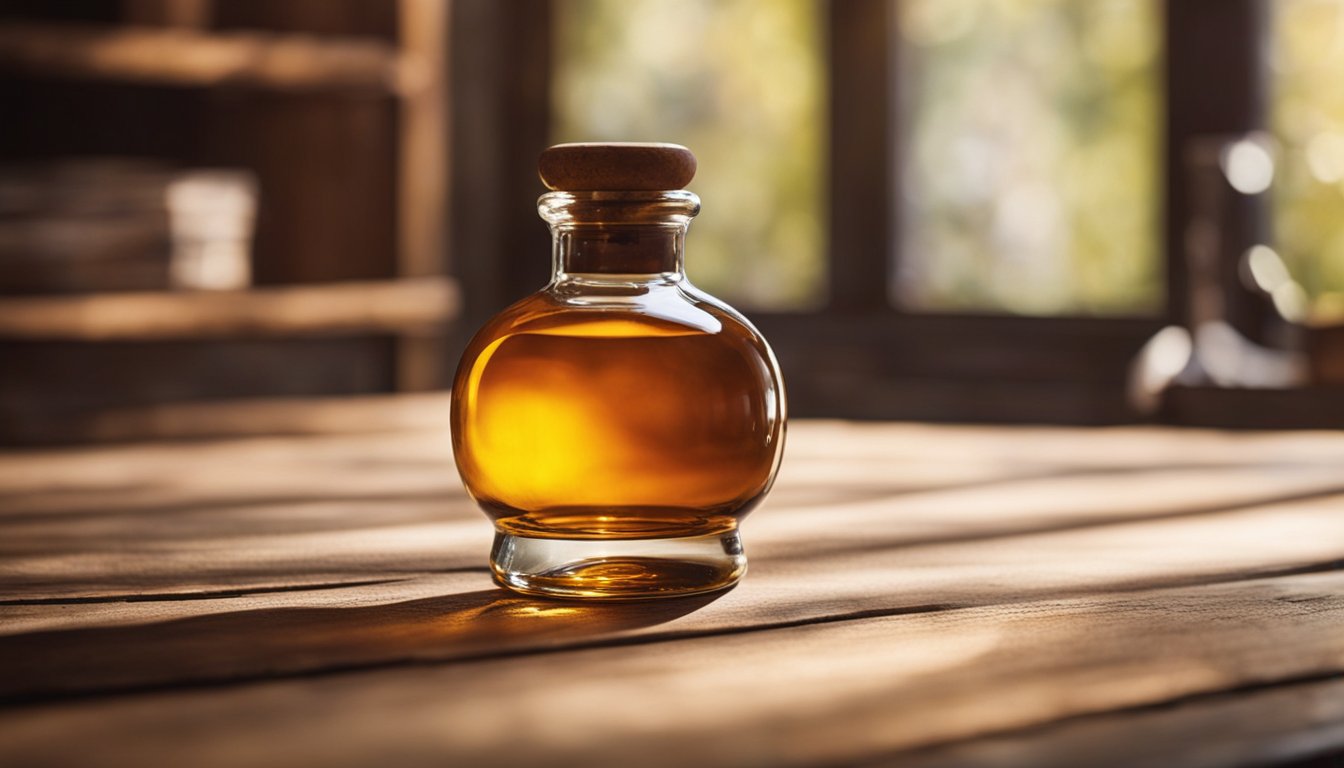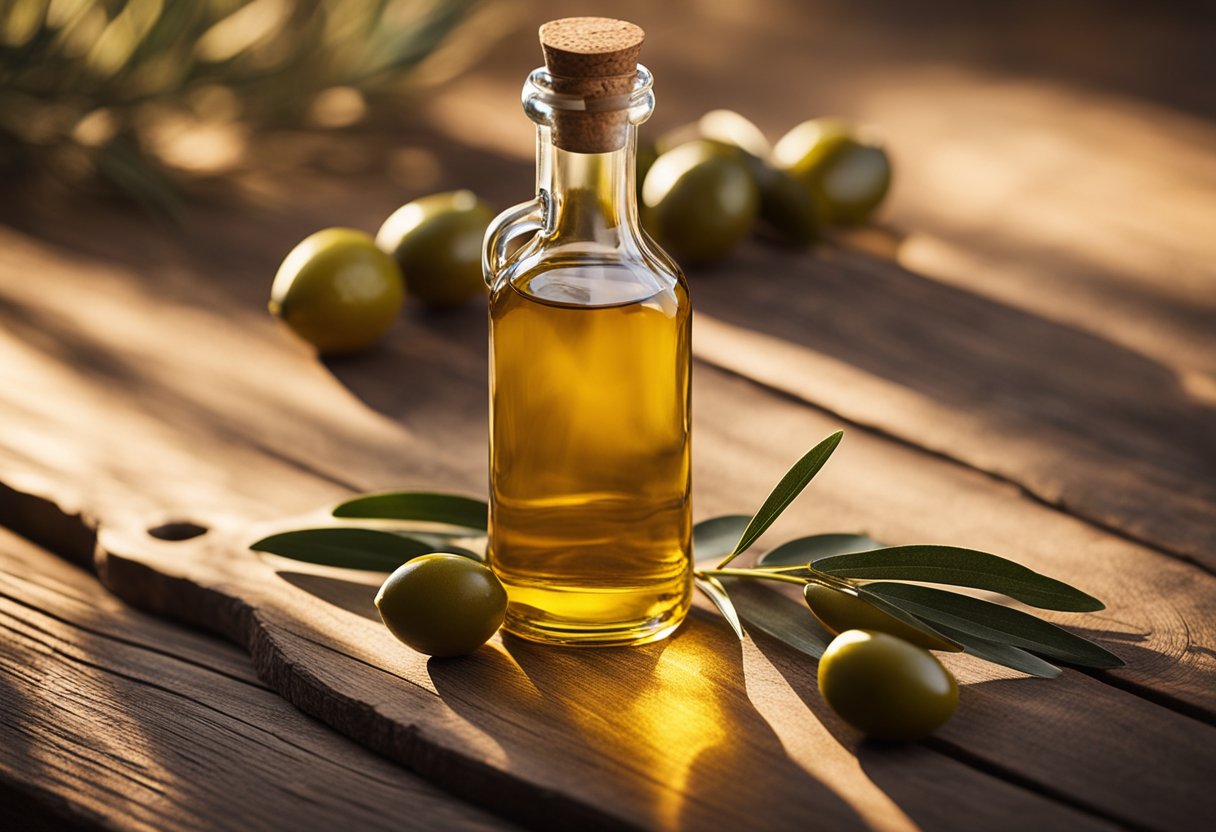When it comes to storing and serving olive oil, a green olive oil bottle can be an elegant and practical choice. Not only does it provide a stylish vessel for your oil, but the tinted glass also helps protect the oil from light exposure, which can affect its quality over time. Additionally, the green color of the bottle can complement a variety of kitchen decor styles, making it a versatile and attractive option for storing and displaying your olive oil.

Choosing a green olive oil bottle can also be an environmentally friendly choice, as glass is a recyclable material. By opting for a reusable glass bottle, you can reduce your reliance on single-use plastics and contribute to sustainability efforts. Furthermore, the use of a dedicated olive oil bottle can help you control portion sizes and minimize waste, ensuring that you use just the right amount of oil for your culinary needs.
History of Olive Oil Packaging

Olive oil has been produced and consumed for thousands of years. Since its discovery, people have been trying to find the best way to store and preserve it. Throughout history, olive oil has been stored in a variety of containers, including clay amphorae, animal skins, and glass bottles.
Evolution of the Bottle Design
Glass bottles have been used to store olive oil for centuries. The earliest glass bottles were hand-blown, which made them expensive and rare. As glass-making technology improved, production costs decreased, and glass bottles became more common.
In the early 20th century, olive oil was typically sold in clear glass bottles. However, it was soon discovered that exposure to light can cause olive oil to spoil. To prevent this from happening, green glass bottles were introduced. Green glass is able to filter out harmful UV rays, which can cause oxidation and rancidity in olive oil. Today, green glass bottles are the most common type of packaging used for olive oil.
Green Glass in Olive Oil Preservation
Apart from its aesthetic appeal, the use of green glass bottles for olive oil preservation is rooted in science and tradition. Green glass is preferred over clear glass because it serves a practical purpose. The green color of the glass filters out harmful UV rays, which can cause oxidation and rancidity in olive oil. This helps to preserve the quality and flavor of the olive oil for a longer period of time.
In addition to the use of green glass, other factors such as temperature, humidity, and air exposure can also affect the quality and shelf life of olive oil. To maximize the shelf life of olive oil, it is recommended to store it in a cool, dark place, away from direct sunlight and heat sources. It is also important to ensure that the bottle is tightly sealed to prevent air exposure.
Overall, the evolution of olive oil packaging has been shaped by the need to preserve the quality and flavor of this precious commodity. The use of green glass bottles for olive oil preservation is a testament to the ingenuity and resourcefulness of human beings in finding innovative solutions to age-old problems.
Manufacturing Process

When it comes to manufacturing green olive oil bottles, there are a few key processes that are involved. These processes include material selection for bottles, bottle shaping, and molding techniques.
Material Selection for Bottles
The first step in the manufacturing process is selecting the right materials for the green olive oil bottles. Most bottles are made from glass, which is a popular choice due to its durability and resistance to chemical reactions. Glass is also a great choice for olive oil bottles because it is non-porous and doesn’t react with the oil.
When it comes to green olive oil bottles, the glass used is usually tinted green. This is because green glass helps to protect the oil from light and UV rays, which can cause the oil to spoil. Green glass also adds an aesthetic appeal to the bottle, making it stand out on store shelves.
Bottle Shaping and Molding Techniques
Once the materials have been selected, the next step is shaping and molding the bottles. The shaping process involves heating the glass to a specific temperature and then blowing it into a mold. The mold is designed to give the bottle its specific shape and size.
After the bottle has been shaped, it is then cooled and undergoes a finishing process. This process involves smoothing out any rough edges and adding any necessary labels or branding.
Overall, the manufacturing process for green olive oil bottles is a complex one that involves careful material selection and precise shaping and molding techniques. The end result is a beautiful and functional bottle that helps to protect the oil and adds an aesthetic appeal to any kitchen or dining table.
Importance of Bottle Color

When it comes to olive oil, the color of the bottle is not just an aesthetic choice. The color of the bottle can have a significant impact on the quality and longevity of the oil. In this section, we will explore the importance of bottle color, including how it affects light filtration and oil quality, as well as branding and consumer perception.
Light Filtration and Oil Quality
One of the primary reasons that olive oil is typically stored in a green bottle is to protect it from light. Exposure to light can cause the oil to break down more quickly, leading to rancidity and a decrease in quality. Green bottles are particularly effective at filtering out harmful UV rays, which can accelerate the oxidation process and degrade the quality of the oil.
In addition to green bottles, other colors such as brown and dark blue can also be effective at blocking light. However, green is the most commonly used color for olive oil bottles, as it provides a good balance between light filtration and visibility of the oil.
Branding and Consumer Perception
The color of the bottle can also play a role in branding and consumer perception. Green bottles have become synonymous with high-quality olive oil, and many consumers associate them with traditional, artisanal production methods. As a result, many olive oil producers choose to use green bottles as a way of communicating the quality and authenticity of their product to consumers.
However, it’s important to note that the color of the bottle alone does not guarantee the quality of the oil inside. Consumers should always look for additional indicators of quality, such as the origin of the oil, the harvesting and production methods used, and any certifications or awards the oil has received.
The color of the bottle can have a significant impact on the quality and perception of olive oil. Green bottles are particularly effective at filtering out harmful UV rays and are commonly used to communicate the quality and authenticity of the oil to consumers. However, consumers should always look beyond the color of the bottle and consider additional indicators of quality when selecting an olive oil.
Labeling and Regulations
When it comes to purchasing a green olive oil bottle, it’s important to pay attention to the labeling and regulations that come with it. This will help you make an informed decision and ensure that you’re getting a high-quality product.
Nutritional Information
One of the most important things to look for on the label of your green olive oil bottle is the nutritional information. This will give you an idea of the amount of calories, fat, and other nutrients that are in the oil. You may also want to check for any allergen warnings if you have any dietary restrictions.
Certifications and Origins
Another thing to look for on the label of your green olive oil bottle is any certifications or origins. These can help you determine the quality and authenticity of the oil. For example, if you see a label that says “Certified Organic” or “PDO,” this means that the oil has met certain standards and regulations. You may also want to look for information on the origin of the olives, as this can affect the flavor and quality of the oil.
Overall, paying attention to the labeling and regulations of your green olive oil bottle can help you make an informed decision and ensure that you’re getting a high-quality product.
Sustainability and Recycling
Eco-Friendly Packaging Initiatives
As the world becomes more environmentally conscious, the demand for eco-friendly packaging has increased. One such initiative is the use of green olive oil bottles. These bottles are made of glass, which is a sustainable material that can be recycled indefinitely. Glass is also non-toxic and does not contain harmful chemicals that can leach into the environment.
Green olive oil bottles are a great alternative to plastic bottles, which are not biodegradable and can take hundreds of years to decompose. By using green olive oil bottles, you are reducing your carbon footprint and helping to preserve the environment for future generations.
Recycling Programs and Second-Life Uses
Recycling is an important part of sustainability, and green olive oil bottles can be easily recycled. Many recycling programs accept glass bottles, including green olive oil bottles. When you are done with your bottle, simply rinse it out and place it in your recycling bin.
In addition to recycling, green olive oil bottles can also be repurposed for a variety of second-life uses. For example, you can use them as vases for small flowers or herbs, or create a simple candle holder using an empty olive oil bottle and some twine. You can even use them to store other liquids or as a decorative piece in your home.
By recycling and repurposing green olive oil bottles, you are helping to reduce waste and promote sustainability. So next time you finish a bottle of olive oil, think twice before throwing it away and consider giving it a second life.
Frequently Asked Questions
What are the benefits of storing olive oil in dark-colored bottles?
Storing olive oil in dark-colored bottles, such as green bottles, can help protect the oil from light exposure. Light can cause the oil to degrade, leading to a loss of flavor and nutritional value. Additionally, storing olive oil in a dark-colored bottle can help to regulate the temperature of the oil, which can also help to preserve its quality.
How does the color of the olive oil bottle affect its contents?
The color of the olive oil bottle can affect its contents in several ways. Green bottles, for example, can help to protect the oil from light exposure, which can cause the oil to degrade. Additionally, the color of the bottle can affect the temperature of the oil, which can also impact its quality. It’s important to choose a bottle that is made from a material that is resistant to temperature fluctuations, such as glass or stainless steel.
What should I look for when choosing an olive oil dispenser?
When choosing an olive oil dispenser, it’s important to look for a dispenser that is made from a material that is resistant to temperature fluctuations, such as glass or stainless steel. Additionally, you should look for a dispenser that has a tight-fitting lid to prevent air from entering the bottle and causing the oil to oxidize. Finally, you should look for a dispenser that is easy to clean, as olive oil can leave behind a residue that can be difficult to remove.
Can the packaging of olive oil impact its shelf life?
Yes, the packaging of olive oil can impact its shelf life. Olive oil that is packaged in clear or light-colored bottles can be more susceptible to light exposure, which can cause the oil to degrade. Additionally, olive oil that is packaged in plastic bottles can be more susceptible to temperature fluctuations, which can also impact its quality.
Are there specific types of cruets recommended for olive oil storage?
Yes, there are specific types of cruets that are recommended for olive oil storage. Glass or stainless steel cruets are the best options, as they are resistant to temperature fluctuations and are easy to clean. Additionally, you should look for a cruet that has a tight-fitting lid to prevent air from entering the bottle and causing the oil to oxidize.
Is there a difference in using olive oil for cooking versus for hair care?
Yes, there is a difference in using olive oil for cooking versus for hair care. Olive oil that is intended for cooking should be of a higher quality, as it will be ingested. Additionally, cooking olive oil should be stored in a dark-colored bottle to protect it from light exposure. Olive oil that is intended for hair care, on the other hand, can be of a lower quality, as it will not be ingested. However, it’s still important to choose a bottle that is resistant to temperature fluctuations and light exposure to ensure the quality of the oil.















